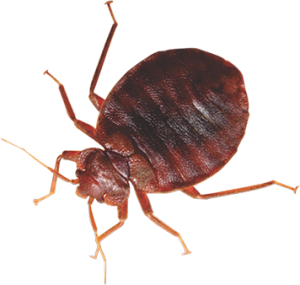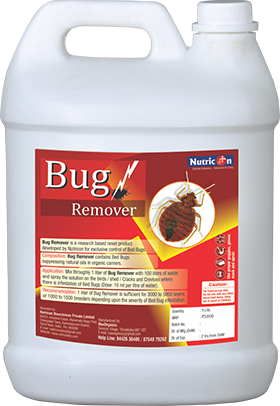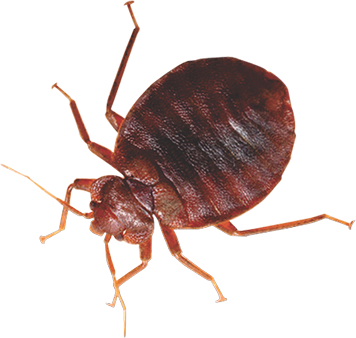Bed Bug Control
Bedbugs (Cimex lectularius and C. hemipterus) is a common bloodsucking parasite in temperate and subtropical climates that attacks poultry, people, and most other mammals. Bed bugs can become serious pest in poultry houses. The life cycle may be completed in 2–6 weeks or extend much longer, because nymphs can withstand fasting for upto70 days, and adults for as long as 12 months. Feeding usually occurs at night. Bedbugs become engorged within 10 min, then hide in cracks and crevices. If birds attacked by large numbers of bedbugs, they may become irritable and anemic. Bites are usually followed by swelling and itching due to injection of saliva into the wound. Signs of infestation include bug fecal droppings on eggs and nest boxes, breast and leg skin lesions, reduced egg production, and increased feed consumption.
Behaviour of Bed bugs in Poultry Farms
Bed bugs are very efficient at hitchhiking and can arrive at poultry facilities as eggs, nymphs, or adults attached to boxes, clothing, cages, slats, litter removal equipment, or other equipments brought from infested poultry facilities. One impregnated female bed bug can produce a well-developed infestation in the breeder house within a few months of time. Due to the substantial number of eggs that a female can produce under the right conditions and with access to a host, bed bug’s population can eventually double every 16 days. The young and adults of both sexes feed exclusively on blood.
Heavy infestations of bed bugs in chicken houses may lead to excessive feather loss, cloacal irritation, lesions on the breasts and legs, and possibly anemia in severe cases. This could lead to fewer egg numbers, lower fertility, and/or decreased hatchability. Feed intake and feed per dozen hatching eggs may also be affected. Bed bugs are not known to spread disease, but their bites can sometimes cause painful reactions in sensitive individuals working in the infested farms.

Prevention and control of bed bug infestations
The most important and effective preventative measure is to eliminate potential shelters for the bugs, or at least reduce their number as much as possible. Potential shelters are whatever hollow places in equipment (tubing, fencing, feeders.) or buildings (hollow floors and ceilings, cracks and crevices, etc.) where bugs hide and congregate during the day. Unfortunately this is not always easy to achieve without costly investments in adpating facilities and equipment. Since bed bugs can be introduced in poultry houses by other mammals and birds, it is very important to restrain their access to poultry houses and coops.
It is not easy to control established bed bug populations in poultry houses with insecticides. The problem is that bed bug resistance to numerous insecticides is now widespread, particularly pyrethroid resistance, and there are not many alternative insecticides of other chemical classes approved for use on poultry facilities.
An alternative to using insecticides is sustained heating of the houses when empty, which usually needs special equipment. Heat must reach at least 55°C during 1-2 hours.
Bed bugs are very difficult to control, especially with birds on the farm. The pattern and severity of infestation of bed bugs varies from farm to farm. So it is always advisable to contact Nutricon’s pest management professionals to determine the level of infestation and we will guide and help you with the effective control programme to overcome the bed bug nuisance.

Nutricon Research proudly presents novel organic product called Bug Remover to overcome Bed bugs problem effectively.
Recommendation
One liter of Bug Remover or is sufficient for 1000 to 2000 breeders or upto 5000 layers, but the quantity requirement varies depending upon the severity of infestation.
Application
Mix thoroughly 1 liter of Bug Remover with 100 liters of water and spray on the areas especially cracks and crevices /where there is infestation of bed bugs.

